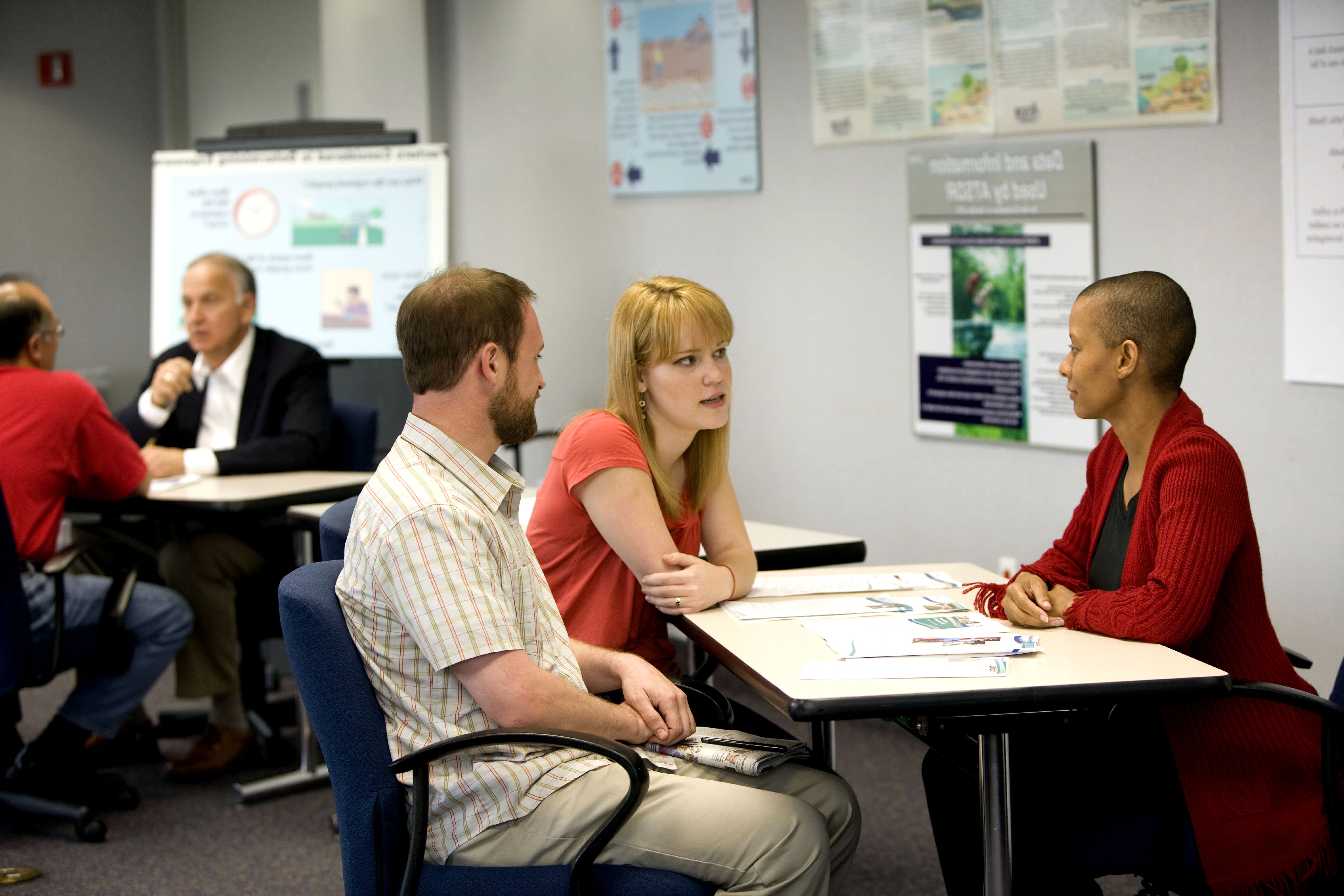However, I have heard a number of definitions which leave me scratching my head about what is an authentic context. Some say if it engages the learner and that they can see where it is applied then it is authentic, but I disagree. To me, that sounds like applied learning and is not much different to the way I was taught, where we were told the "law" or "truth" or "fact" and then provided with 2 or 3 examples of this. For example, some bacteria are helpful to humans eg they are present in the gut and stop harmful bacteria from causing disease, or bacteria help in the breakdown of dead organisms. Some also use the "mantle of the expert" approach, so that learners can imagine and explore how real-life situations might pan out.
An authentic context, however, is a real-life problem or project that is relevant and engaging for the learners as they work toward solving the problem. Because real-world problems are often messy and even "wicked", the learning is often not linear and can lead the learner down all sorts of rabbit holes. The one thing for learners to keep in mind, in this distracting situation, is the problem. Will the learning help solve the problem?
It is very difficult to plan in depth for this type of learning, other than to spend some time working together to identify a real-world problem or project that is interesting to them and will engage them. From there you will need to do some backward planning (what have the children learned during this work?) to ensure that your students are making progress.
There is danger in the authentic context being too teacher-directed or externally imposed on learners. Sometimes community contexts are not engaging for learners as described in Themes of Future-Oriented Teaching and Learning: A New Zealand Perspective on page 53. Piquing the interest of learners can happen in a number of ways - perhaps something they heard at home, there was something on the internet, or a principal talked about something in assembly or they watched a youtube in class. Whichever way the interest started, discourse helps learners understand the complexity of the problems. Talking amongst themselves and asking questions is so important.
Remember, too, that not all learners will engage in a specific authentic context, and you will need to allow for more personalized learning approaches. Inquiry learning which is less teacher directed should meet the needs of these learners.
In this video, two authentic contexts are shown. In the first example, the students are younger and there is more teacher direction about the questions that are posed, while in the second, the students are older and are charged with teaching other people about the water quality of one of their community rivers.
Computational thinking is about understanding the computer science principles that underlie all digital technologies, and learning how to develop instructions, such as programming, to control these technologies. Designing and developing digital outcomes is learning how to design quality, fit for purpose, digital solutions. Both of these areas need to be explored in authentic contexts. How are you ensuring that your learners are doing this?
When you explore some of the contexts in which the progress outcomes are embedded, do you consider that they are authentic? Does anyone have any relevant readings?





